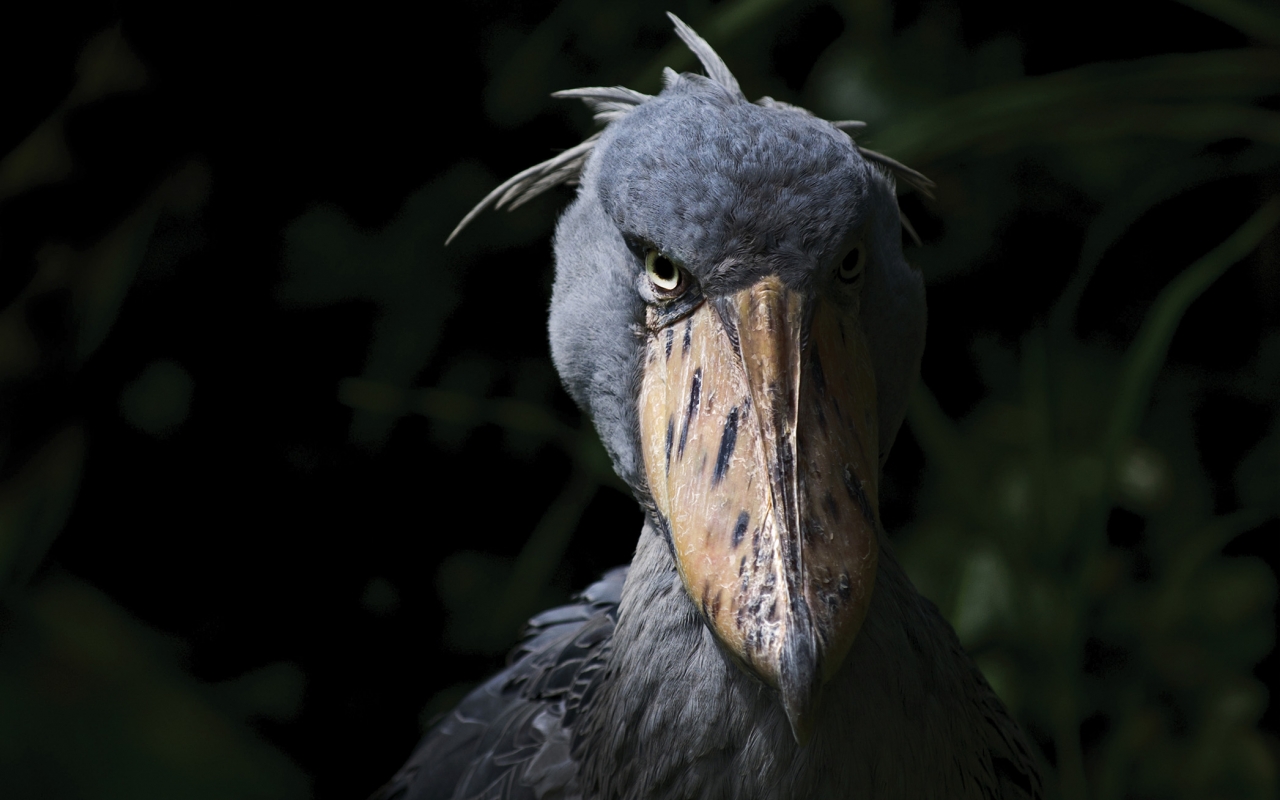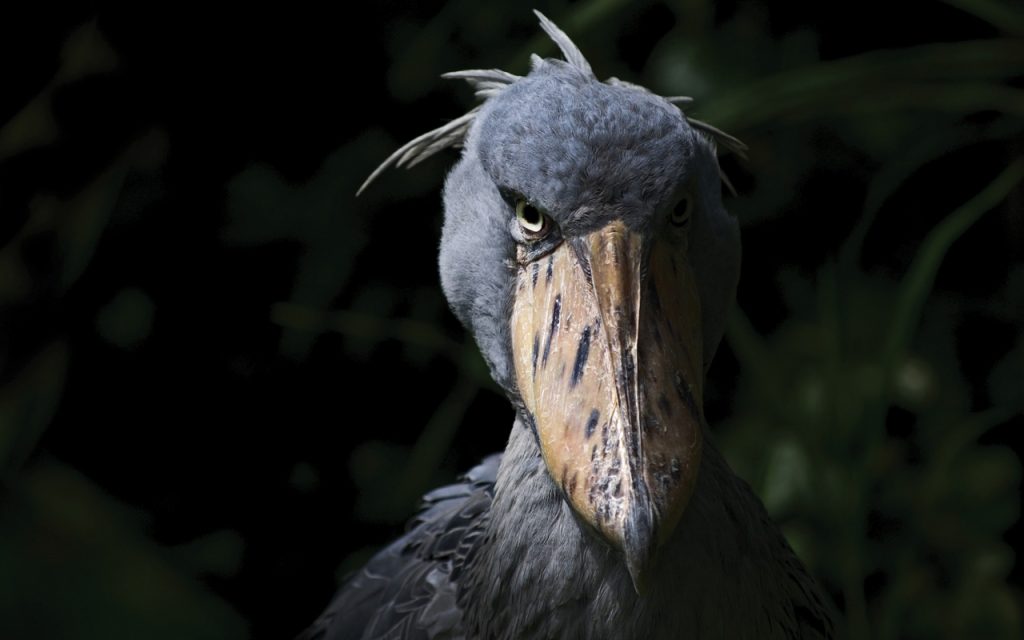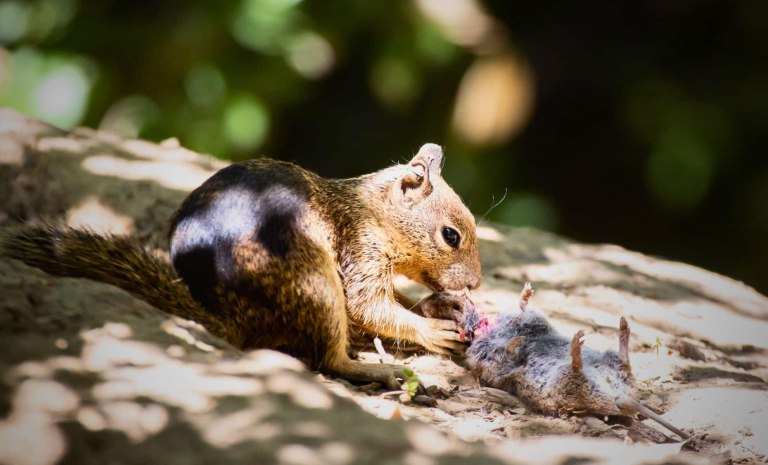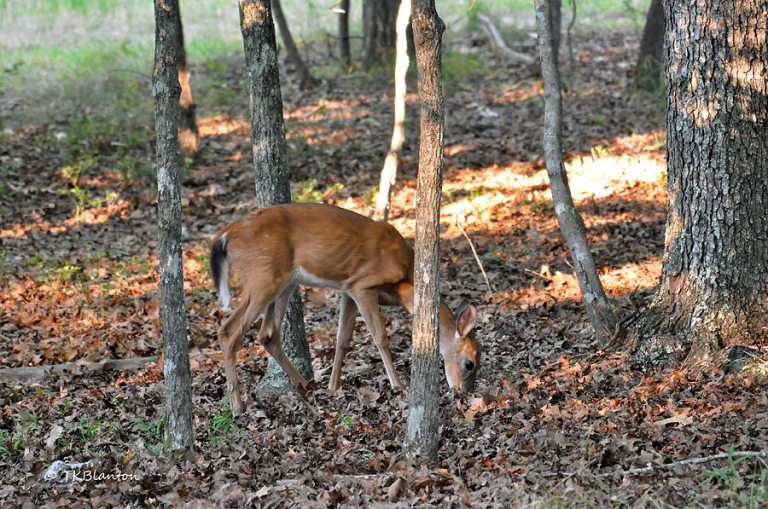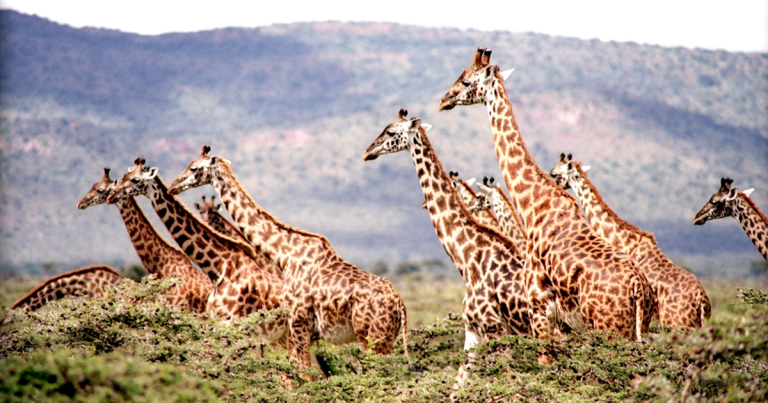Shoebill Stork Diet: How the Giant African Bird Hunts and Eats Its Prey
Introduction: The Giant Predator of African Swamps
The Shoebill Stork (Balaeniceps rex), sometimes called the “whalehead stork”, is one of the most iconic and mysterious birds in Africa. With its massive, shoe-shaped bill, towering height, and patient hunting style, the Shoebill captures the imagination of birdwatchers and wildlife enthusiasts alike.
Native to the swamps, marshes, and wetlands of East-Central Africa, this bird is both solitary and highly specialized. Its diet, dominated by fish but including a variety of aquatic creatures, defines its role as an apex predator in these fragile ecosystems.
Understanding the Shoebill Stork diet is key to appreciating its ecological importance, behavior, and conservation needs. This comprehensive guide explores what Shoebill Storks eat, how they hunt, and why their feeding habits make them one of Africa’s most fascinating birds.
Shoebill Stork Diet in the Wild
Shoebill Storks are carnivorous and primarily fish-eaters, but they are opportunistic predators. Their diet reflects their swampy habitats and their physical adaptations for ambush hunting.
1. Fish: The Main Prey
Fish are the cornerstone of the Shoebill diet. Large lungfish, tilapia, catfish, and other freshwater species make up the bulk of what they eat. Shoebills have a unique hunting style that allows them to capture even the most elusive fish.
- Lungfish: Rich in protein and fat, lungfish are a preferred target in seasonal wetlands.
- Catfish: Shoebills can swallow these spiny fish whole due to their strong bill and muscular throat.
- Tilapia and other freshwater fish: Abundant in African swamps, they provide a steady food source year-round.
A single Shoebill can eat up to 1–2 kg of fish per day, depending on availability.
2. Amphibians and Small Reptiles
In addition to fish, Shoebills sometimes consume frogs, large tadpoles, and even young crocodiles or water snakes. These items supplement their diet and provide additional nutrients.
- Frogs and tadpoles are especially important during the wet season when fish populations fluctuate.
- Juvenile crocodiles or water snakes are rare but demonstrate the Shoebill’s versatility as a predator.
3. Crustaceans and Aquatic Invertebrates
Shoebills may eat crabs, crayfish, and other small aquatic invertebrates when fish are scarce. These prey items are rich in protein and essential minerals, helping Shoebills maintain energy and overall health.
4. Occasional Birds
On rare occasions, Shoebills may prey on young waterfowl, such as ducks, or other small birds that inhabit swampy areas. This opportunistic feeding ensures survival in diverse wetland environments.
Shoebill Stork Hunting Techniques
Shoebills are patient and precise hunters. Their feeding behavior is one of the most fascinating aspects of their diet.
1. Stand-and-Wait Strategy
Shoebills are ambush predators. They stand motionless for long periods, sometimes up to an hour, waiting for prey to come within striking distance. Their grey plumage and massive size help them blend into the swampy environment, making them nearly invisible to fish and amphibians.
2. Striking with Precision
Once prey is detected, Shoebills use their enormous, hooked bill to grab it quickly. The strike is rapid and lethal, with the bird scooping or pinching prey before it can escape.
- The shoe-shaped bill allows them to catch slippery fish efficiently.
- Sharp edges and hooks at the tip prevent prey from escaping once captured.
3. Swallowing Prey Whole
Shoebills lack teeth, so they swallow prey whole. Their muscular esophagus and expandable throat enable them to consume large fish or amphibians, sometimes equal to half their body weight in extreme cases.
4. Feeding Timing
Primarily diurnal hunters, Shoebills feed during the day when light conditions allow them to detect movement in the water. Early morning and late afternoon are peak feeding times.
Special Adaptations Supporting Their Diet
The Shoebill’s feeding behavior is supported by several physical and behavioral adaptations:
1. Strong Bill
The massive bill, shaped like a shoe, is not just for show. It functions as:
- A precise tool for scooping and gripping fish
- A weapon for subduing larger prey
- A tool for cracking open amphibians with tough skin
2. Height and Stealth
Standing up to 5 feet tall, Shoebills can survey wetlands efficiently. Their ability to remain motionless for long periods is essential for ambushing prey.
3. Keen Eyesight
Shoebills have excellent vision, detecting subtle ripples and movements in water. This allows them to identify prey at a distance and time their strike perfectly.
4. Slow Metabolism
Their relatively slow metabolism allows Shoebills to survive long periods without eating, conserving energy between hunting sessions when prey is scarce.
Shoebill Stork Diet by Habitat
1. African Swamps and Marshes
Swamps provide abundant fish and amphibians. Shoebills exploit shallow waters where prey is concentrated.
2. Seasonal Floodplains
During the rainy season, Shoebills may forage in flooded grasslands. Fish are dispersed but visible near the water surface, giving Shoebills an opportunity to catch them efficiently.
3. Lakes and Rivers
Shoebills near permanent lakes feed on a wide variety of fish and aquatic invertebrates. Here, they may interact indirectly with other predators but maintain dominance due to their size and bill structure.
Ecological Importance of Shoebill Stork Diet
Shoebills play a vital role in wetland ecosystems:
- Controlling Fish and Amphibian Populations: By preying on fish and frogs, they help maintain balanced populations and prevent overpopulation.
- Influencing Prey Behavior: The presence of Shoebills can change the foraging patterns of prey species, indirectly affecting vegetation and aquatic ecosystems.
- Indicators of Ecosystem Health: Shoebills require abundant prey and clean wetlands, making them bioindicators for environmental quality.
Feeding Shoebills in Captivity
Shoebills are notoriously difficult to maintain in captivity due to their specialized diet.
1. Live Prey Requirement
Captive Shoebills require live fish, frogs, or other aquatic prey to stimulate natural hunting behavior. This is critical for both physical health and mental enrichment.
2. Alternative Diets
In some conservation programs, frozen fish and specially formulated carnivorous bird diets are used. Supplements may include vitamins and minerals to mimic wild nutrition.
3. Feeding Frequency
Typically, captive Shoebills feed once or twice daily, depending on age, size, and prey availability. Overfeeding is avoided to prevent obesity and digestive problems.
Interesting Facts About Shoebill Feeding
- Shoebills can consume prey up to half their body weight in rare instances.
- They have been observed slowly stalking fish for more than an hour before striking.
- Their hunting method is so precise that some aquarists compare it to a “living guillotine.”
- Despite their massive size, Shoebills are patient and deliberate, rarely chasing prey actively.
- Shoebills’ feeding behavior helps maintain healthy wetlands by controlling populations of fish and amphibians.
Threats to Shoebills and Conservation Challenges
While their diet is specialized, Shoebills face numerous threats:
- Habitat Loss: Wetland drainage and agriculture reduce prey availability.
- Climate Change: Altered rainfall patterns affect seasonal prey abundance.
- Human Disturbance: Ecotourism and fishing can disrupt feeding areas.
- Illegal Wildlife Trade: Shoebills are rare and sought after, increasing risk of poaching.
Conservation efforts focus on protecting wetlands, enforcing anti-poaching laws, and maintaining prey populations to ensure Shoebills can continue their natural feeding behaviors.
Conclusion: Apex Predators of African Wetlands
Shoebill Storks are extraordinary birds with a diet that defines their ecological role. Their patient hunting, massive bill, and keen eyesight allow them to consume thousands of ants, fish, frogs, and other prey every day. By studying their feeding habits, we gain insight into the delicate balance of African wetlands and the importance of conserving these iconic birds.
Protecting Shoebills ensures not only the survival of this ancient species but also the health of entire wetland ecosystems.
FAQ: Shoebill Stork Diet and Feeding Behavior (~1000 words)
1. What do Shoebill Storks eat?
Shoebills primarily feed on fish, including lungfish, catfish, tilapia, and other freshwater species. They may also eat frogs, tadpoles, small reptiles, crustaceans, and occasionally birds.
2. How many fish can a Shoebill eat per day?
An adult Shoebill can eat up to 1–2 kg of fish per day, depending on availability. During peak seasons, their intake can be higher, especially in areas rich with lungfish or catfish.
3. Do Shoebills eat live prey only?
Yes. Shoebills rely on live prey to stimulate hunting behavior and provide proper nutrition. In captivity, live fish or amphibians are essential for their physical and mental well-being.
4. How do Shoebills hunt fish?
Shoebills use a stand-and-wait strategy, remaining motionless while scanning water for movement. Once prey is spotted, they strike rapidly with their large bill, capturing the fish and swallowing it whole.
5. Can Shoebills eat large prey?
Yes. Shoebills can take surprisingly large prey, sometimes nearly half their body weight. Their powerful bill and expandable throat allow them to manage substantial meals.
6. Do Shoebills eat frogs and tadpoles?
Yes. Frogs and tadpoles are important dietary supplements, especially during the wet season when fish may be less concentrated.
7. How does the Shoebill’s bill help in hunting?
The large, shoe-shaped bill allows Shoebills to scoop, grip, and hold slippery fish. The hooked tip prevents prey from escaping, and the size of the bill allows them to tackle large aquatic animals.
8. Are Shoebills picky eaters?
They are opportunistic but highly specialized. While they prefer fish, they will consume other aquatic prey if available, ensuring nutritional balance.
9. How do Shoebills digest prey without teeth?
Shoebills swallow prey whole. Their muscular esophagus and stomach grind the food, aided by keratinous ridges or spines in the stomach, effectively breaking down exoskeletons and bones.
10. Can Shoebills eat crustaceans?
Yes. Crabs, crayfish, and similar invertebrates are occasionally eaten, particularly when fish are scarce. These provide essential protein and minerals.
11. Do Shoebills compete with other predators?
Shoebills share habitats with crocodiles, herons, and other piscivorous birds but are solitary and occupy unique niches. Their ambush hunting reduces direct competition.
12. Do Shoebills eat birds?
Rarely. Occasionally, Shoebills may catch small waterbirds or chicks, but this is uncommon and opportunistic.
13. How long do Shoebills hunt each day?
Shoebills spend several hours hunting, mainly during the day. They are patient predators, sometimes waiting over an hour before striking.
14. How does water depth affect their feeding?
Shoebills prefer shallow waters where prey is visible and accessible. Deep water may reduce hunting efficiency but does not prevent them from feeding if prey is abundant.
15. How do Shoebills feed in captivity?
Captive Shoebills are provided live fish, amphibians, or specially formulated diets. Feeding often includes enrichment, hiding prey to encourage natural hunting behaviors.
16. Can Shoebills survive periods of low prey availability?
Yes, they can endure brief periods of scarcity thanks to slow metabolism and energy conservation. However, prolonged lack of food can be fatal.
17. How does diet affect reproduction?
Adequate nutrition ensures energy for breeding and chick-rearing. Poor prey availability can reduce reproductive success in both wild and captive populations.
18. Do Shoebills eat poisonous prey?
Shoebills can tolerate mild toxins from certain fish or amphibians, but extreme toxicity can be harmful. They tend to avoid highly toxic prey when possible.
19. How does diet influence Shoebill conservation?
Maintaining prey-rich habitats is crucial for Shoebill survival. Wetland degradation and overfishing threaten their food sources, making diet central to conservation strategies.
20. Can Shoebills adapt their diet?
Shoebills are somewhat adaptable but remain specialized. They can switch between fish species and occasionally amphibians or invertebrates depending on seasonal availability.

